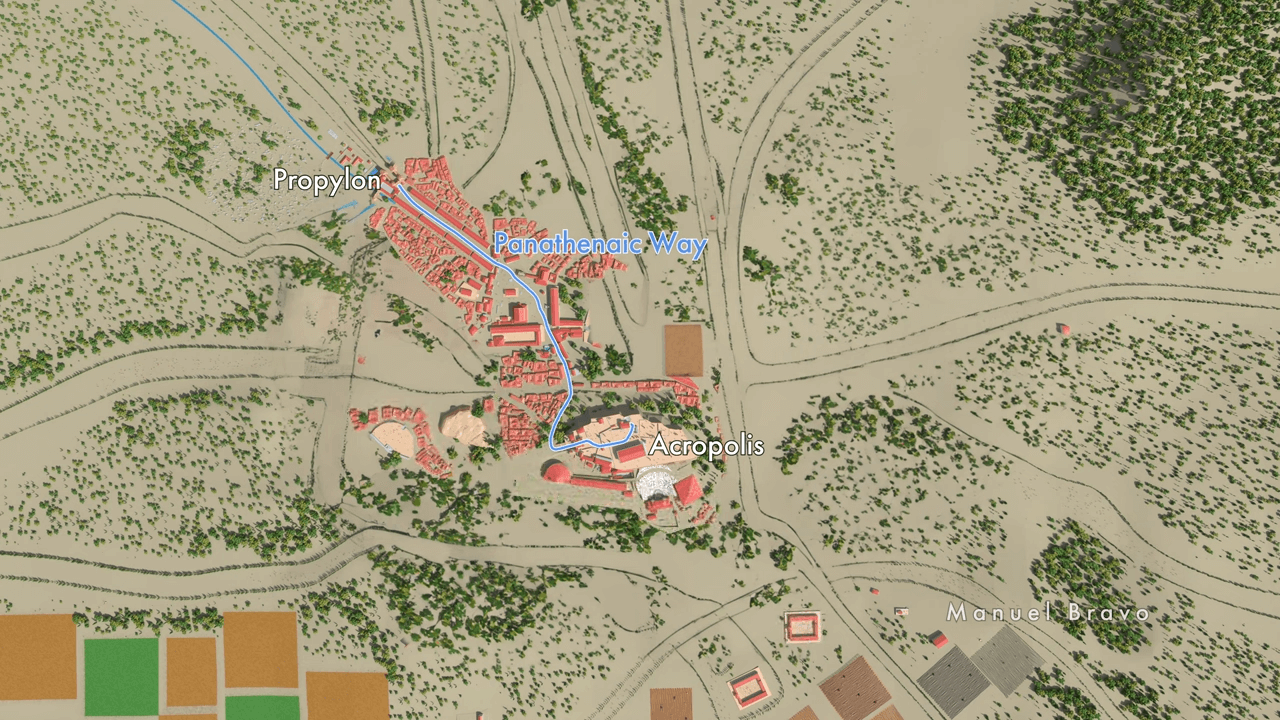Theories of the Pre-Greek Substrate
The theories on the pre-Greek linguistic substrate include:
1. Anatolian substratum: An intriguing aspect of the pre-Greek substrate is its connection to Anatolian languages. Words like "Ἀπόλλων" (Apollo) and "δέπας" (cup) show possible Anatolian or "Parnassian" influence. These loanwords provide tantalizing hints of cultural exchange and linguistic interplay between different regions.
2. Minoan substratum: According to Arthur Evans, it suggests a Minoan (Eteocretan) influence, particularly through Minoan colonization and interactions with Mycenaeans.
3. Tyrrhenian Substratum: Based on Etruscan inscriptions found in Lemnos, it suggests a non-Indo-European Etruscan influence, although the linguistic connection to Greek is minimal.
4. Edzard J. Furnée's Kartvelian Theory links Kartvelian languages to the pre-Greek substrate.
Other substratum theories propose various origins, ranging from Egyptian to Proto-Turkic, but lack significant academic support.
Unlocking the Lexicon
The lexicon of pre-Greek is a treasure trove of words that have found their way into ancient Greek. These loanwords span various domains, including anatomy, animals, architecture, geography, maritime vocabulary, metals and metallurgy, musical instruments, mythology, plants, social practices, theonyms, tools related to agricultural activities, and toponyms or place names. Some notable examples include:
σπόνδυλος (vertebra), κύμβαχος (helmet), ἀψίνθιον (wormwood), ἀράχνη (spider), κῆτος (whale, sea monster), λαβύρινθος (labyrinth), πέτρα (stone), κορυφή (mountain top), ὄχθη (riverbank), θάλασσα (sea), κασσίτερος (tin), χαλκός (copper), λύρα (lyre), σάλπιγξ (trumpet), ἄμπελος (vine), ἐλαία (olive tree), κυπάρισσος (cypress), ϝάναξ/ἄναξ (lord, king),
The occurrence of the Minoan word Labyrinth: Exploring the Links between Minoan and Anatolian Cultures through the Word 'Labrys' and the Carian Sacred Site of Labranda
The double axe, known as "labrys" in Lydian and other western Anatolian languages, has profound roots in the early Neolithic period, notably at Çatal Höyük around 7500 to 5700 BCE. The labrys, linked to bull sacrifices and fertility rites, represent a deeply embedded symbol across ancient civilizations, evolving in significance from Çatal Höyük to the western Anatolian and Minoan civilizations at Knossos, Crete. Here, it was associated with religious practices and rituals, highlighting its continuity and adaptation across the Mediterranean.





























































